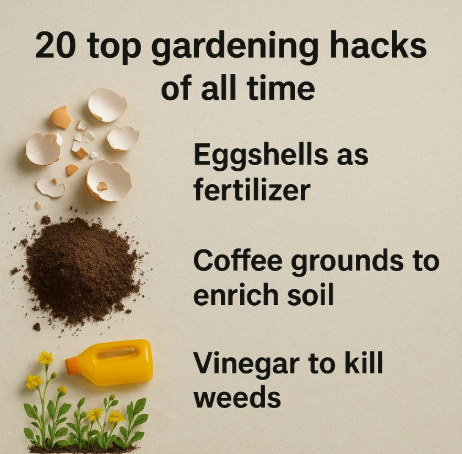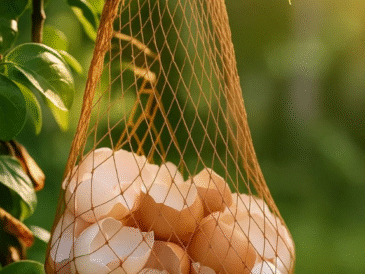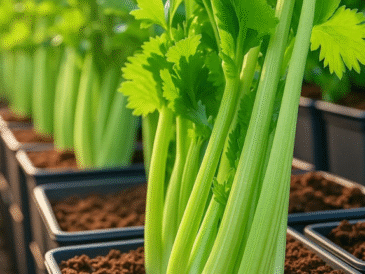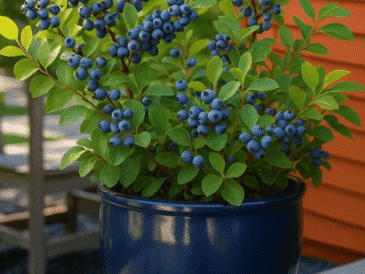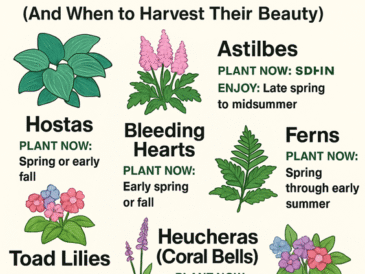Gardening is more than a hobby—it’s a beautiful blend of patience, creativity, and a little bit of science. Whether you’re just starting out or have years of green-thumb experience under your belt, there’s always room to learn something new. These 20 clever gardening hacks are time-tested, budget-friendly, and designed to help your plants thrive while making your gardening life easier and more fun.
Let’s dig into the best tips that will transform the way you garden!
1. Crushed Eggshells for a Calcium Boost
Don’t toss those eggshells! They’re loaded with calcium, which helps strengthen plant cell walls and can prevent blossom-end rot in veggies like tomatoes and peppers.
How to Use:
- Rinse, dry, and crush your eggshells.
- Mix them directly into the soil or compost pile.
- Sprinkle around plant bases to give them a slow-release nutrient boost.
2. Coffee Grounds = Richer Soil
Used coffee grounds are an amazing soil amendment. They add nitrogen, improve texture, and attract friendly earthworms.
How to Use:
- Scatter grounds around acid-loving plants like hydrangeas and blueberries.
- Mix into compost for an extra nitrogen kick.
- Use as mulch for moisture retention.
3. Natural Weed Killer: Vinegar
Skip harsh chemicals—white vinegar is an effective and natural weed control solution.
How to Use:
- Spray full-strength white vinegar directly on weeds on a sunny day.
- Be careful not to get it on your desirable plants!
4. Regrow Veggies from Kitchen Scraps
Some of your kitchen leftovers are actually plant starters in disguise!
How to Use:
- Place the bases of celery, lettuce, or green onions in a shallow bowl of water.
- Once roots form, transplant them into soil for a whole new plant!
5. Epsom Salt for Stronger Plants
Magnesium sulfate (Epsom salt) helps with chlorophyll production and nutrient absorption.
How to Use:
- Dissolve 1 tablespoon of Epsom salt in 1 gallon of water.
- Water your plants monthly or spray directly on leaves.
6. Banana Peels = Flower Power
Banana peels are packed with potassium and phosphorus—key nutrients for flowering plants.
How to Use:
- Chop or blend peels and bury them near plant roots.
- Add them to compost for a slow-release fertilizer.
7. DIY Self-Watering Bottles
Heading out of town? No worries. Keep your plants hydrated with this easy bottle trick.
How to Use:
- Fill a clean bottle with water.
- Poke holes in the cap, then place it upside down in the soil.
- Water slowly drips out over time, keeping roots moist.
8. Cinnamon: The Natural Plant Protector
Cinnamon has antifungal properties and repels some pests too.
How to Use:
- Sprinkle around seedlings to prevent fungal diseases.
- Apply on plant wounds to promote healing.
9. Newspapers as Weed Blockers
Layering newspaper under mulch can stop weeds in their tracks and lock in soil moisture.
How to Use:
- Lay down several sheets around plants.
- Top with mulch for a neat, effective weed barrier.
10. Companion Planting Magic
Some plants grow better (and stronger) when paired with the right companions.
Try These Combos:
- Tomatoes + Basil = Pest protection + better flavor.
- Carrots + Onions = Natural insect repellent.
- Marigolds + Everything = General pest defense.
11. Hydrogen Peroxide for Root Health
This oxygen-rich liquid helps fight root rot and soil fungus.
How to Use:
- Mix 1 tablespoon of 3% hydrogen peroxide with a gallon of water.
- Water the base of your plants to disinfect and stimulate root growth.
12. Scented Soap as a Pest Repellent
Bar soap isn’t just for the bathroom—it can protect your garden too!
How to Use:
- Hang bars of strong-scented soap near plants to deter deer and rabbits.
- Grate and scatter soap shavings around garden beds.
13. Upside-Down Tomatoes
Save space and reduce soil-related diseases by flipping the way you grow!
How to Use:
- Cut a hole in the bottom of a hanging pot.
- Insert a tomato plant with roots up and fill with soil.
- Hang in full sun and water regularly.
14. Baking Soda = Sweeter Tomatoes
This pantry staple lowers soil acidity, helping tomatoes taste better.
How to Use:
- Lightly dust the soil around your tomato plants with baking soda.
15. Beer Traps for Slugs
Beer isn’t just for barbecues—slugs love it too (a little too much).
How to Use:
- Bury shallow containers at soil level and fill with beer.
- Slugs are drawn in and won’t come back out.
16. Aloe Vera for Cuttings
Speed up root development in your plant cuttings with natural aloe gel.
How to Use:
- Dip cut ends of cuttings into fresh aloe before planting.
17. Aspirin Water = Stronger Plants
Aspirin boosts plants’ natural defenses against disease.
How to Use:
- Dissolve one aspirin in a gallon of water.
- Use as a foliar spray or to water your plants every few weeks.
18. Don’t Dump Cooking Water!
The water you boil veggies in is loaded with nutrients.
How to Use:
- Let the water cool.
- Use it to water your garden—plants love the minerals!
19. Old Sponges Help Retain Moisture
Recycling at its best—sponges keep potted plants from drying out too fast.
How to Use:
- Place a clean old sponge at the bottom of your pot before adding soil.
20. Vertical Strawberry Gardens
Maximize space and keep fruit off the ground with vertical growing.
How to Use:
- Use a tiered planter, vertical wall hanger, or stacked containers.
- Perfect for patios, balconies, and small gardens.
Final Thoughts
Gardening doesn’t have to be complicated or expensive. With these 20 creative hacks, you can boost your garden’s health, save time and money, and enjoy the process even more. Whether you’re reusing kitchen scraps, creating DIY solutions, or tapping into nature’s natural remedies, your garden (and wallet) will thank you.
